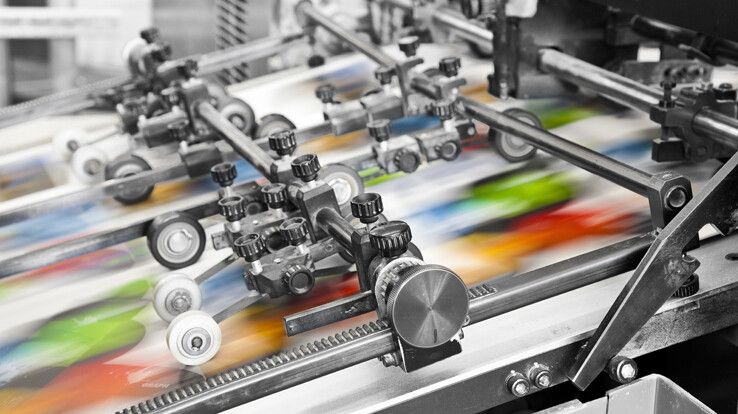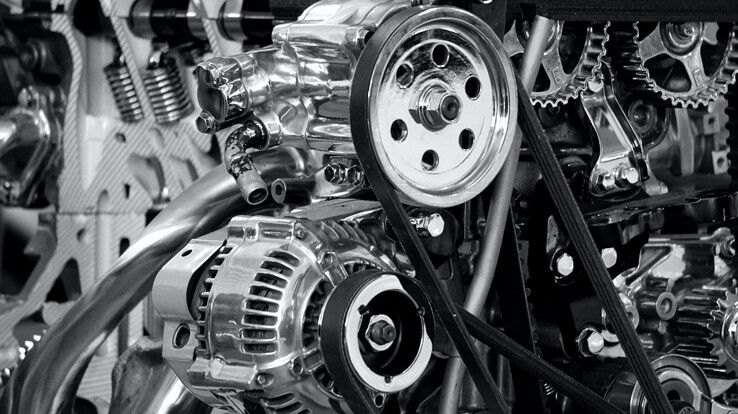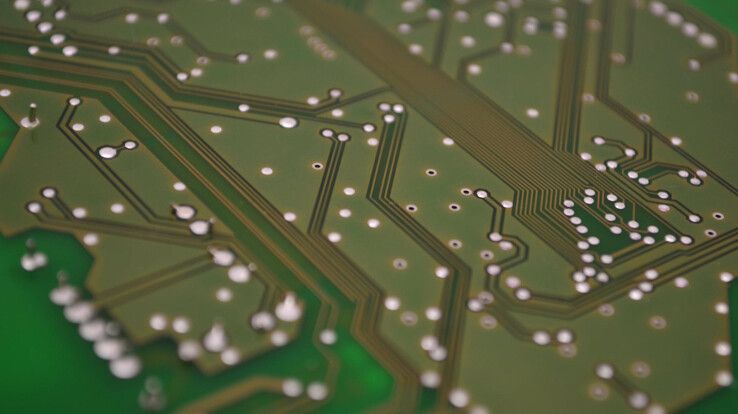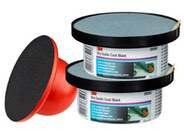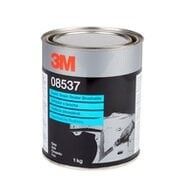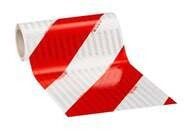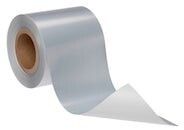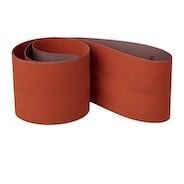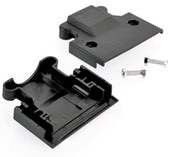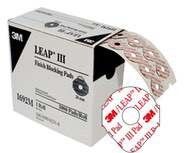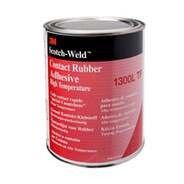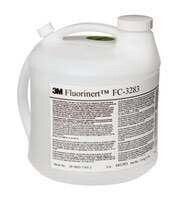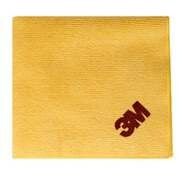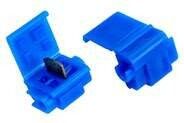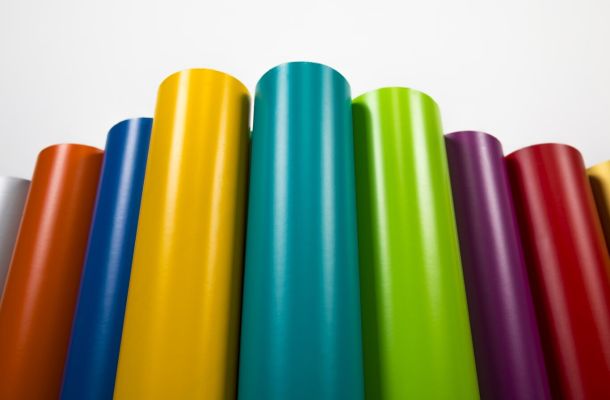Adhesives: Stick what has to stick!
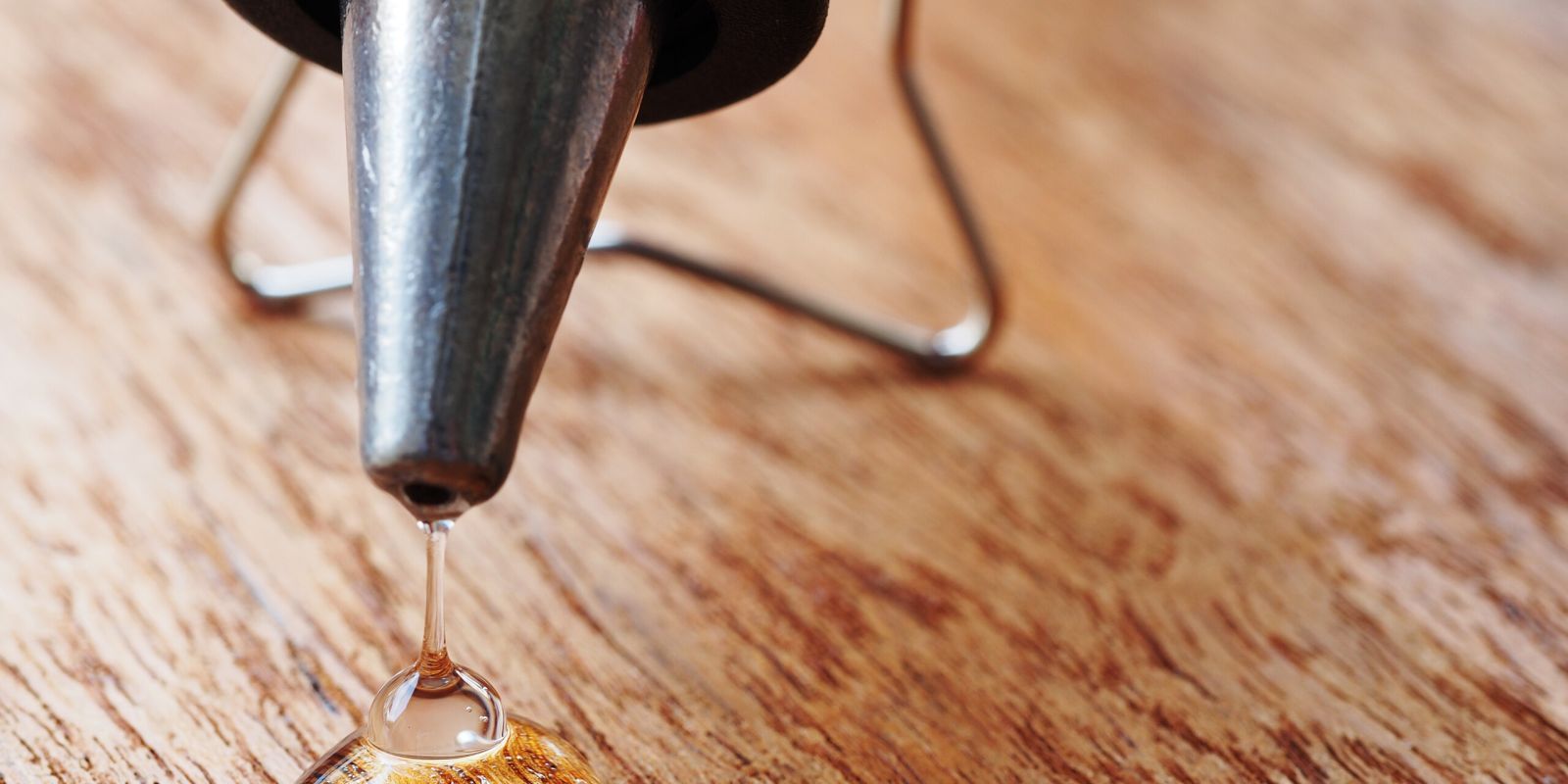

Since the invention of the first, still natural materials, adhesive technology has evolved much. However, the aim has not changed: two materials need to be stuck together. In this article, we will have a brief summary of the types of adhesive.
Basic classification of adhesives
Usually adhesives are liquid materials that need to be made suitable for the purpose of application before using them, that is to make them liquid as surfaces can be moistened only this way. Solidification takes places when solvents evaporate or during solidification processes. These are mainly the characteristics of one-component adhesives.
Based on their binding methods, adhesives can be divided into two categories. One group is comprised of adhesives binding without chemical reactions that do not actually bind, only moisten. These are cold-binding, permanently adhesive materials, and some of these create binding by drying, when solvents evaporate. Hot melt adhesives do not stick at room temperature, they do not moisten, so the adhesive needs to be melted first to create binding, the melt needs to be applied to the surface, and usually we need to apply clamping force. Bonding is created by the adhesive solidified in the binding.
The other group includes adhesives binding with a chemical reaction that can be further divided into two more categories based on the nature of reaction: polymerization and polycondensation adhesives. In the first case, the new binder is created by the continuous combination of the components, while in the second case, due to the pressure of the condensation by-product, the application of clamping pressure is always required in adhesive technology.
We started from here: adhesives of natural origin
This includes materials of flora and fauna. With the minor or major chemical transformation or physical modification of plant materials and of the sap of certain trees or materials extracted from fruits, vegetables and crops, adhesive materials can be produced. One of such most important materials is cellulose, the building material of plant cell wall. Starch, produced by biosynthesis in plants, is also very important. The paste, extracted from starch by wet cooking, can be used as glue.
From adhesives of animal origin, it is worth mentioning glues, like casein glue, which is one of the milk’s proteins. It is distributed in a powder form, which you can use by mixing with water, and it solidifies by evaporating water. One of the oldest adhesives known and used is animal glue, which is distributed in the forms of powder, granule, bead and slab. Its advantage is that during cooling, it instantly provides adequate initial adhesive strength.
Adhesives of mineral origin
Adhesives in this category can be organic, such as bitumen and inorganic, such as cement. It is good to know that despite their limited scope of use, they are of great importance, they are irreplaceable.
Adhesives made from glass melt were used for heat- and fire-resistant metal bonds. Ceramic adhesives can be used to create heat-resistant bonds more generally than glass. Phosphate cements are also of mineral origin and they are the basic materials of dental fillings, or lead oxides used to repair ceramic pipes, valves, stoneware goods, or hydraulic cements, such as gypsums. This latter – together with bitumen – is considered as the most important binder of architecture.
What about synthetic adhesives?
Synthetic adhesives produced by modern chemical industry started to replace traditional ones from the middle of the 20th century. Epoxy started its “career” in the 1950s, which was successful primarily due to its ease of use, excellent strength quality, and 100% content of dry matter.
There are a lot of types of synthetic adhesive. For example, the most important areas of use of polyamides are adhesives for upper making or mounting on shoe trees in the shoe industry, adhesives of metal-to-metal bonds in the automotive industry, structural wood adhesives in the timber-processing industry, but tools made from it also have an important role in the production of components for major appliances.
Polyurethanes are one-component solutions that are suitable to glue textiles, leather, wood and paper. Epoxy resins are usually comprised of two components that need to be mixed before use in the proportion specified by the manufacturer, which results in polymerization, that is the solidification of the adhesive. They can be used to glue various materials, such as metals, ceramics, porcelain or wood. (Two-component adhesives often have the fancy name of ‘power’, referring to the strong bond that can be created with these products.)
The solution of polymerization adhesives is primarily used to glue objects made from the same materials. Solvent polyacrylate adhesives can be used to glue some types of plastic – like polystyrene, PVC, polyethylene – wood, paper, leather and textile. Finally, we should not forget about polyacrylates: the best known of these are cyanoacrylates, which we know as superglue in everyday life, and their thicker gel type can be used also to fix glued surfaces. Among them, we can also find types created to firmly fix specific types of materials.
Of course, the world of adhesives has become enormous since the first materials. Today, in relation to this, we do not talk about adhesives only but also about a wide range of products that aid gluing: such as accelerators, adhesive applicators or sealants and filling materials. A separate category is also comprised of various adhesive tapes that make operations much more comfortable than it was for our ancestors using animal glue. In addition, it is possible to buy adhesives with good bond strength for almost all types of materials, and also there are several types of universal adhesives available in specialized stores.
More articles

Using flexible parts repair adhesive: tips and tricks for a professional result
Flanker Plusz Kft.
Contact Details
Boti Street, 100.


